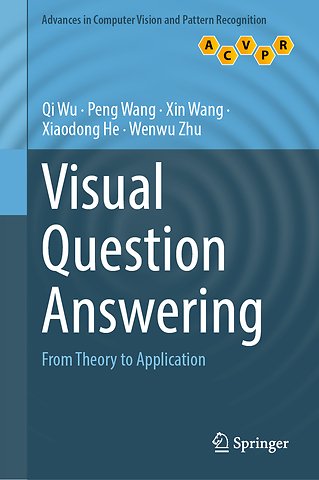Visual Question Answering
From Theory to Application
Gebonden Engels 2022 9789811909634Samenvatting
Visual Question Answering (VQA) usually combines visual inputs like image and video with a natural language question concerning the input and generates a natural language answer as the output. This is by nature a multi-disciplinary research problem, involving computer vision (CV), natural language processing (NLP), knowledge representation and reasoning (KR), etc.
Further, VQA is an ambitious undertaking, as it must overcome the challenges of general image understanding and the question-answering task, as well as the difficulties entailed by using large-scale databases with mixed-quality inputs. However, with the advent of deep learning (DL) and driven by the existence of advanced techniques in both CV and NLP and the availability of relevant large-scale datasets, we have recently seen enormous strides in VQA, with more systems and promising results emerging.
This book provides a comprehensive overview of VQA, covering fundamental theories, models, datasets, and promising future directions. Given its scope, it can be used as a textbook on computer vision and natural language processing, especially for researchers and students in the area of visual question answering. It also highlights the key models used in VQA.
Specificaties
Lezersrecensies
Inhoudsopgave
Rubrieken
- advisering
- algemeen management
- coaching en trainen
- communicatie en media
- economie
- financieel management
- inkoop en logistiek
- internet en social media
- it-management / ict
- juridisch
- leiderschap
- marketing
- mens en maatschappij
- non-profit
- ondernemen
- organisatiekunde
- personal finance
- personeelsmanagement
- persoonlijke effectiviteit
- projectmanagement
- psychologie
- reclame en verkoop
- strategisch management
- verandermanagement
- werk en loopbaan
